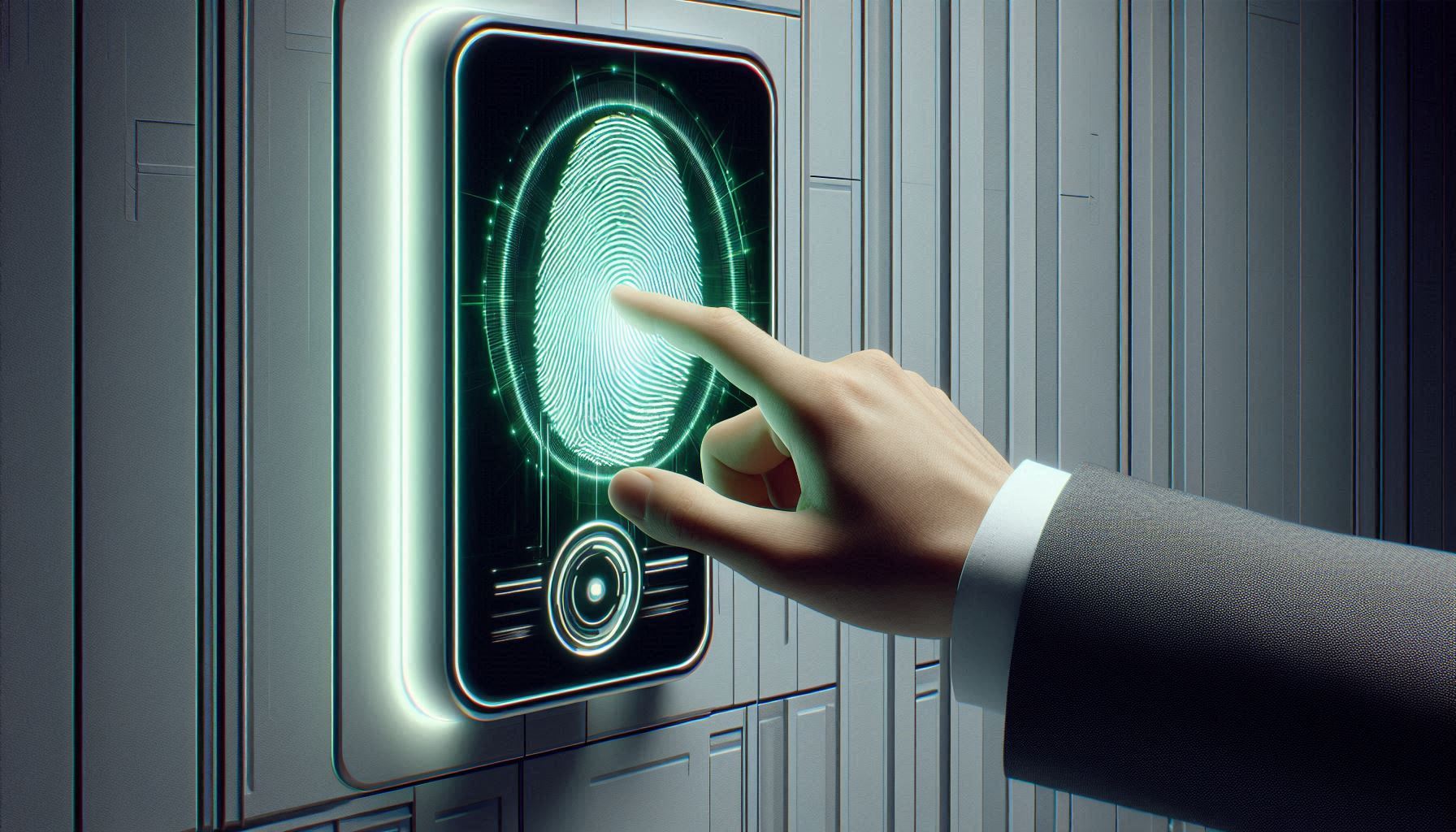
In today’s digital world, where cyber threats are ever-present, traditional password-based authentication methods are becoming increasingly inadequate. Enter passwordless authentication—a revolutionary approach designed to enhance security and improve user experience by eliminating the need for passwords. This comprehensive guide delves into the various forms of passwordless authentication, its benefits, challenges, and real-world applications.
Understanding Passwordless Authentication
Passwordless authentication verifies a user’s identity without requiring a password. Instead, it uses alternative methods such as biometrics, hardware tokens, or one-time codes sent to trusted devices. This approach not only aims to strengthen security but also to streamline the authentication process, making it more user-friendly and less prone to human error.
Types of Passwordless Authentication
Biometric Authentication
Biometric authentication leverages unique biological characteristics to verify identity. These characteristics are nearly impossible to replicate, making biometrics a highly secure authentication method.
- Fingerprint Scanners: Common in smartphones and laptops, fingerprint scanners capture and compare the ridges and valleys of a fingerprint to an existing template.
- Facial Recognition: Uses advanced algorithms to map and analyze facial features. This technology is increasingly integrated into smartphones, laptops, and security systems.
- Voice Recognition: Analyzes vocal characteristics such as pitch, tone, and rhythm. Commonly used in smart speakers and call centers to authenticate users.
Hardware Tokens
Hardware tokens are physical devices that generate or store authentication data, providing an additional layer of security.
- USB Security Keys: Devices like YubiKey connect to a computer’s USB port to provide authentication credentials. These keys use public-key cryptography to secure the login process.
- Smart Cards: Cards embedded with microchips that store authentication data. Users insert these cards into a reader to gain access to systems or facilities.
One-Time Codes
One-time codes are temporary, single-use codes sent to a user’s device, providing a secure way to authenticate without passwords.
- SMS or Email Codes: Temporary codes sent via text message or email. These codes must be entered within a short time frame, reducing the window for potential interception.
- Authenticator Apps: Applications like Google Authenticator or Authy, AuthX generate time-based one-time passwords (TOTPs) that refresh every 30 seconds.
Benefits of Passwordless Authentication
Enhanced Security
- Reduced Phishing Risk: Since there are no passwords to steal, phishing attacks are less effective.
- No Weak Passwords: Users don’t need to create or remember complex passwords, eliminating risks associated with weak or reused passwords.
Improved User Experience
- Faster Login: Biometric data and hardware tokens enable quick, seamless authentication.
- Lower Cognitive Load: Users don’t need to remember multiple passwords, simplifying the authentication process.
Cost Efficiency
- Lower IT Support Costs: Fewer password resets and account recovery requests reduce the burden on IT support teams.
- Reduced Recovery Expenses: Simplified authentication processes minimize the need for complex account recovery procedures, saving time and resources.
Challenges and Considerations
Implementation Costs
Setting up and integrating passwordless systems can be expensive, especially for large organizations. Acquiring and deploying biometric scanners, hardware tokens, and supporting infrastructure entails significant costs.
User Adoption
Encouraging users to adopt new authentication methods can be challenging. Users accustomed to traditional password-based systems may resist change or require additional training and support.
Privacy Concerns
Collecting and storing biometric data raises significant privacy issues. Organizations must implement stringent data protection measures to safeguard this sensitive information and comply with privacy regulations.
Real-World Applications
Corporate Environments
Many companies are adopting passwordless authentication to enhance security and streamline internal system access. This includes using biometric scanners for building entry and USB security keys for workstation login.
Financial Services
Banks and financial institutions utilize biometric authentication to secure transactions and customer accounts. Examples include fingerprint or facial recognition for mobile banking apps and ATMs.
Consumer Technology
Smartphones, tablets, and laptops increasingly feature built-in biometric authentication options. Facial recognition and fingerprint scanners offer a convenient and secure way for users to unlock devices and access sensitive data.
The Future of Passwordless Authentication
As technology advances and the adoption of passwordless authentication grows, we can expect significant improvements in security and user experience. Organizations and individuals must stay informed and adapt to these changes to ensure their security measures remain robust and effective.
Passwordless authentication represents a major step forward in the quest for secure and seamless access to digital resources. By embracing this innovative approach, we can move towards a future where security is stronger, user experiences are smoother, and the digital world is safer for everyone.





